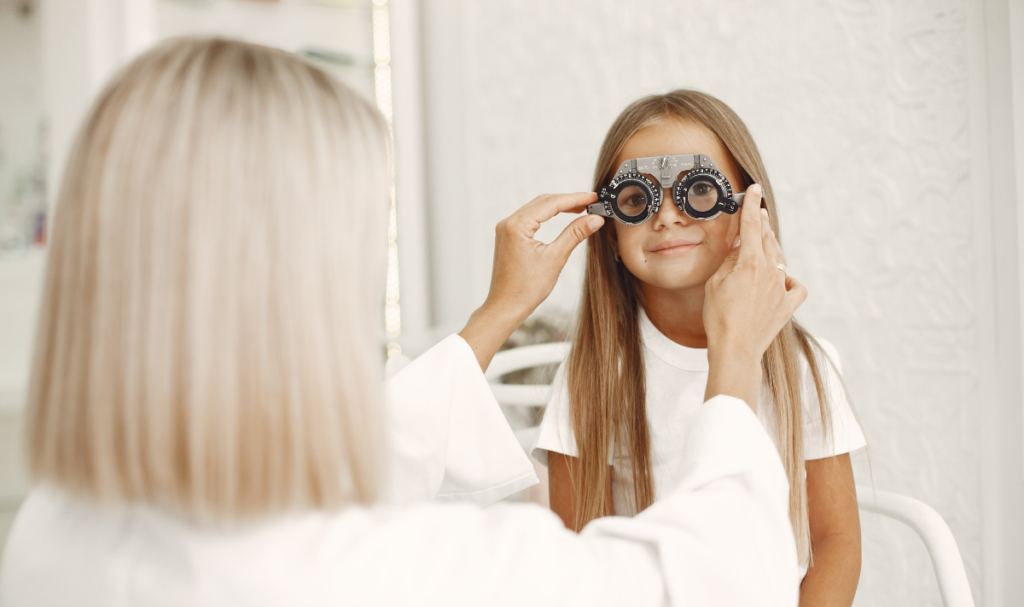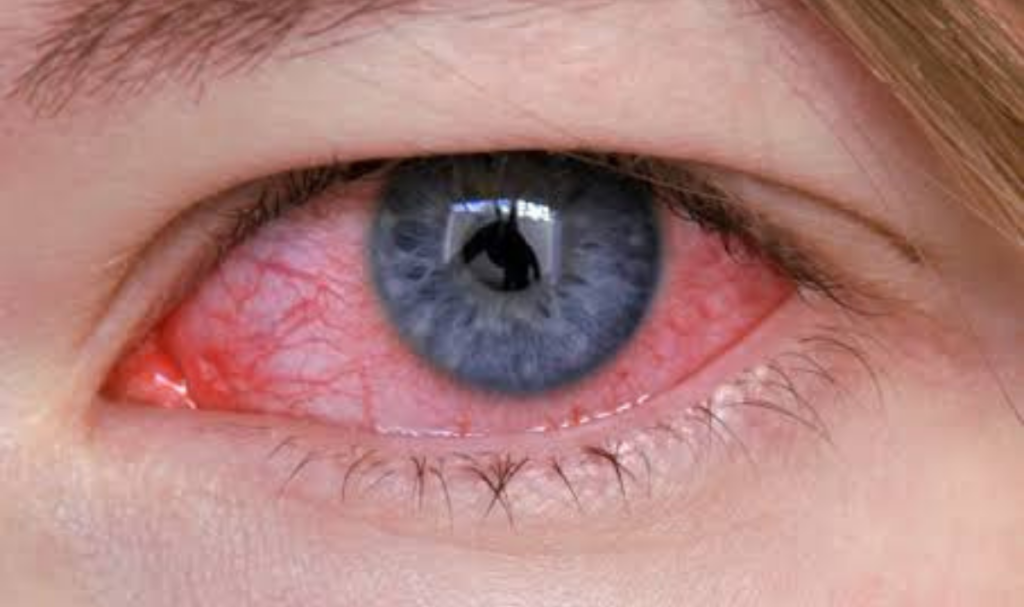What is Diabetic Retinopathy?
Retina is the back portion of the eye, responsible for how well we see. People with diabetes can develop retinal problem called diabetic retinopathy which happens when high blood sugar levels cause damage to blood vessels in the retina. These blood vessels can swell and leak. Sometimes abnormal new blood vessels grow on the retina. All of these changes can steal your vision.
Diabetic Retinopathy Symptoms
Often diabetic retinopathy has no symptoms in its early stages. As diabetic retinopathy gets worse, you will notice symptoms such as:
- Seeing an increasing number of black spots in front of your eyes( floaters)
- Having blurred vision,
- Seeing blank or dark areas in your field of vision,
- Having poor night vision or noticing colors appear faded or washed out
- losing vision.
Diabetic retinopathy usually affects both eyes.
How do i prevent diabetic retinopathy?
Controlling your blood sugar and blood pressure can stop vision loss. Carefully follow the diet, nutrition, exercise and medicines prescribed for you by your diabetologist. Sometimes, good sugar control can even bring some of your vision back. Controlling your blood pressure keeps your eye’s blood vessels healthy.
Regular eye check-ups can detect early signs of diabetic retinopathy. Timely detection and treatment can go a long way in saving the eyesight of the individual.
What are stages of diabetic retinopathy?
There are two main stages of diabetic eye disease.
NPDR (non-proliferative diabetic retinopathy)
This is the early stage of diabetic eye disease. Many people with diabetes have it.
With NPDR, tiny blood vessels leak, causing a swelling in the layers of the retina. When the macula ( most sensitive part of the retina) swells, it is called macular edema. This is the most common reason why people with diabetes lose their vision. Usually this early stage causes blurred vision in one or both eyes.
PDR (proliferative diabetic retinopathy)
PDR is the more advanced stage of diabetic eye disease. It happens when the retina starts growing new blood vessels. These fragile new vessels often bleed into the gel on the retina called vitreous. If they only bleed a little, you might see a few dark floating spots called floaters. If they bleed a lot, it might block all vision.
These new blood vessels can form scar tissue which can lead to loss of eye sight.
PDR is very serious, and can steal both your central and peripheral (side) vision.
What are the treatment options if I develop diabetic retinopathy?
Your treatment is based on what your stage of retinopathy is detected by your ophthalmologist. Early diabetic retinopathy do not require any active eye treatment apart from good sugar control and regular follow up.. Treatment options may include:
Medical control
Controlling your blood sugar and blood pressure can stop vision loss. Carefully follow the diet , nutrition , exercise and medicines prescribed for you by your diabetologist. Sometimes, good sugar control can even bring some of your vision back. Controlling your blood pressure keeps your eye’s blood vessels healthy.
Medicine
Certain medications like the anti-VEGF injection or steroid injections are injected into the eye to help to reduce swelling of the macula, slowing vision loss. The number of injections needed will vary from case to case and the treatment is customized for every patient.
Laser
Laser might be used to help seal off leaking blood vessels. This can reduce swelling of the retina. Laser can also help shrink blood vessels and prevent them from growing again. Sometimes more than one treatment is needed.
Vitrectomy
If you have advanced stage of diabetic retinopathy, your ophthalmologist may recommend surgery called vitrectomy. Your ophthalmologist removes vitreous gel and blood from leaking vessels in the back of your eye. This allows light rays to focus properly on the retina again helping you to regain some sight again.
To summarize, diabetic retinopathy is an avoidable eye disease with good sugar control achieved by regular exercise, healthy nutritious diet ,regular medications and timely eye check up once you are detected to have diabetes.




